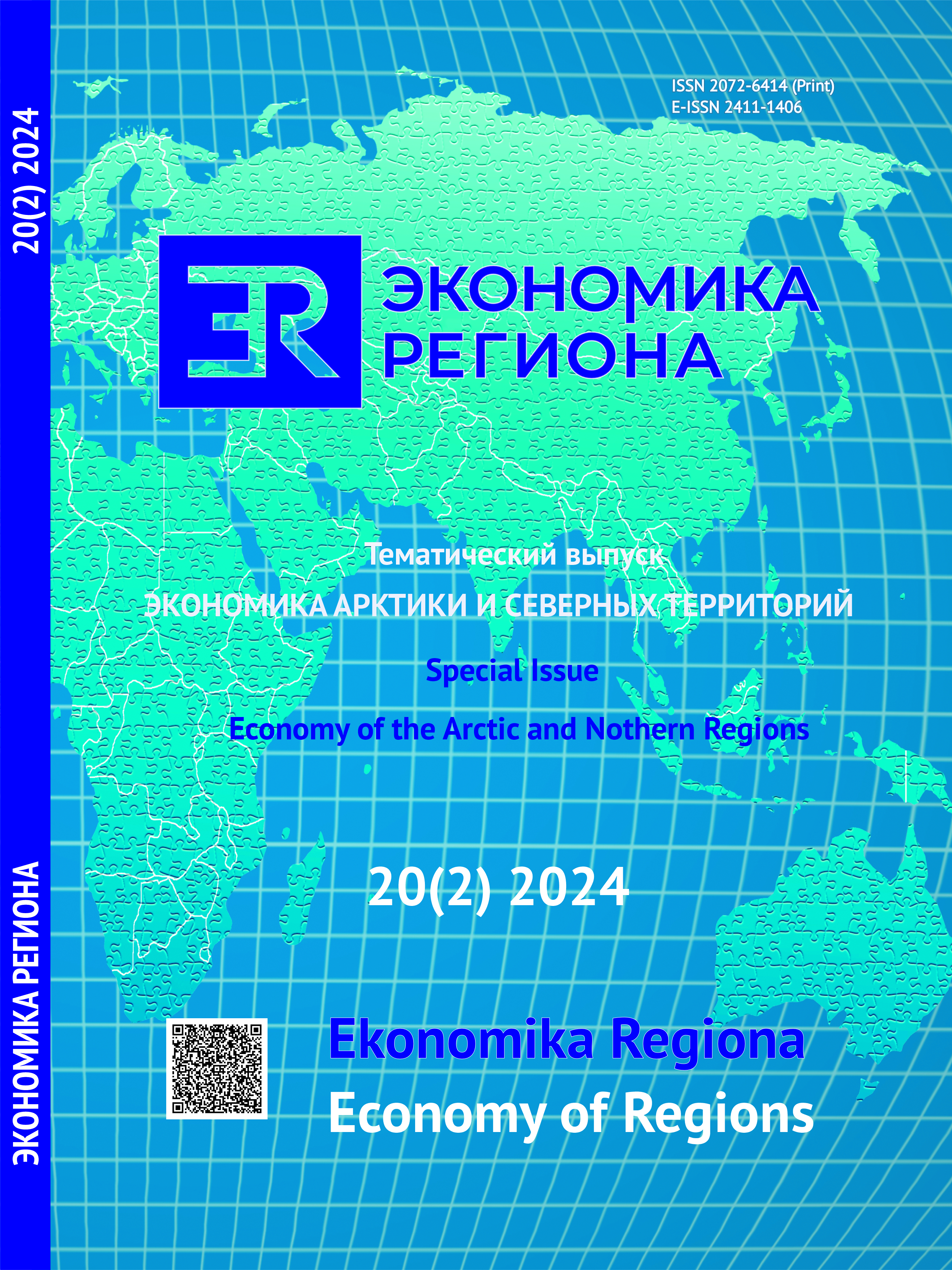Beyond Normality: Features of the Structure of Economic Activity in Arctic Cities and Settlements
DOI:
https://doi.org/10.17059/ekon.reg.2024-2-7Keywords:
Arctic, remoteness, Arctic urbanisation, urban development, Far North, diversification, transport accessibility, transport costs, isolationAbstract
High transportation costs and the narrowness of the local market limit the development of Arctic cities, especially remote ones. However, specific demand for unique goods and services (including the so-called development services) and production of goods and services that are impractical/impossible to deliver from more southern areas (especially in the early stages of development) due to transport isolation contribute to the economic diversification of Arctic cities. The article aims to identify special mechanisms for the formation of economic activity in remote settlements. The study solves the following tasks: 1) theoretical substantiation of economic development factors in Arctic cities; 2) selection of indicators to assess the diversity of economic activities in remote settlements of the Russian Arctic; 3) analysis of the obtained results. The variety of economic activities of small settlements depends on the distance to the nearest larger settlement. Some remote towns and villages of Yakutia, Chukotka, etc., with a population of about 5,000 inhabitants (or even less) are characterised by a moderately increased diversity of economic activities in terms of both the total number of enterprises and organisations per 1,000 inhabitants and the number of types of economic activity (OKVED codes) per 1,000 inhabitants. According to the study, small settlements in remote conditions perform urban functions typical of larger cities in normal conditions, acting as economic and socio-cultural centres of the surrounding areas, in fact, as the base settlements of the Arctic. The expansion of the functions of small remote settlements plays an important role in the development of the urban network of the Arctic and the North. The findings can be used to create public policy measures in relation to the base settlements of the Russian Arctic.
Downloads
Published
How to Cite
Issue
Section
License
Copyright (c) 2024 Замятина Надежда Юрьевна , Кульчицкий Юрий Викторович

This work is licensed under a Creative Commons Attribution 4.0 International License.




